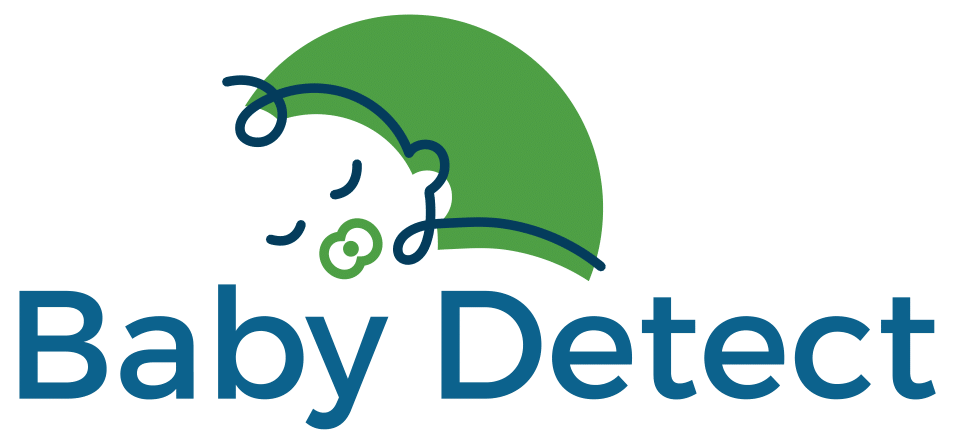26 genes – ADA, AK2, CD247, CD3D, CD3E, CD3G, CIITA, CORO1A, DCLRE1C, DOCK2, FOXN1, IL2RG, IL7R, JAK3, LAT, LCK, LIG4, PRKDC, PTPRC, RAC2, RAG1, RAG2, RFX5, RFXANK, RFXAP, ZAP70
Also includes: ADA-SCID and other types of SCID or SCID-like; IL2RG-SCID (X-linked SCID), LIG4 syndrome; etc
OMIM#102700 https://omim.org/entry/102700
OMIM#267500 https://omim.org/entry/267500
OMIM#610163 https://omim.org/entry/610163
OMIM#615617 https://omim.org/entry/615617
OMIM#615615 https://omim.org/entry/615615
OMIM#615607 https://omim.org/entry/615607
OMIM#209920 https://omim.org/entry/209920
OMIM#615401 https://omim.org/entry/615401
OMIM#602450 https://omim.org/entry/602450
OMIM#616433 https://omim.org/entry/616433
OMIM#618806 https://omim.org/entry/618806
OMIM#300400 https://omim.org/entry/300400
OMIM#608971 https://omim.org/entry/608971
OMIM#600802 https://omim.org/entry/600802
OMIM#617514 https://omim.org/entry/617514
OMIM#615758 https://omim.org/entry/615758
OMIM#606593 https://omim.org/entry/606593
OMIM#615966 https://omim.org/entry/615966
OMIM#608971 https://omim.org/entry/608971
OMIM#618986 https://omim.org/entry/618986
OMIM#601457 https://omim.org/entry/601457
OMIM#269840 https://omim.org/entry/269840
1. The disease
Severe combined immunodeficiency (SCID) comprises a group of rare monogenic primary immunodeficiency disorders characterized by a lack of functional peripheral T lymphocytes resulting in early-onset severe respiratory infections and failure to thrive. They are classified according to immunological phenotype into SCID with absence of T cells but presence of B cells (T-B+ SCID) or SCID with absence of both (T-B- SCID) (see these terms). Both of these groups include several forms, with or without natural killer (NK) cells.
Overall incidence is estimated at about 1/50,000 live births, with regional differences and higher incidences among populations with a higher consanguinity rate. The disease affects more males because of the X-linked variant (SCID T-B+ due to gamma chain deficiency; see this term) that represents about 30% of SCID cases in Western countries.
2. The symptoms
SCID usually presents within the first few months of life with failure to thrive, severe infections (pneumonia, gastrointestinal infections, sepsis), recurrent or persistent thrush, chronic diarrhoea, and/or absent lymph nodes.
Patients have an increased susceptibility to opportunistic infections (usually in the respiratory tract and the gut) most often due to P. jiroveci, some viruses (e.g. cytomegalovirus, adenovirus) and fungi. Alopecia and skin rash may be present depending on the form (e.g. SCID due to gamma chain deficiency or SCID due to JAK3 deficiency).
Patients are unable to produce specific antibodies after vaccination or natural infection.
They may also present with extra immune manifestations like neurodevelopmental deficit, sensorineural deafness, and hepatic abnormalities (SCID due to adenosine deaminase (ADA) deficiency;) with sensorineural deafness (reticular dysgenesis). Others may show microcephaly with neurodevelopmental delay (e.g. LIG4 syndrome).
Infants are usually initially asymptomatic at birth and in the neonatal period. Lack of early signs or symptoms does not exclude the diagnosis.
3. Actions to take in case of early diagnosis
- Infants with a positive genetic test (having 2 mutations or 2 copies of a single mutations in autosomal recessive SCID (most of the cases); or males with 1 mutation in X-linked SCID – IL2RG gene) or (having 1 copy of a single mutation in the RAC2 gene of autosomal dominant SCID) should avoid breastfeeding because the risk of CMV.
- Infants with a positive genetic test should have confirmatory testing through TREC or KREC methods (already part of mandatory newborn screening in some countries, not yet in Belgium).
- SCID is a lifelong condition that requires lifetime management and regular follow-up with an immunology specialist and a multidisciplinary approach to care, including pediatrics and genetics.
- Treatment is based on use of continuous antimicrobial prophylaxis, immunoglobulin replacement therapy, and strict hygiene measures.
- Permanent cure requires immune reconstitution, most often achieved by allogenic hematopoietic stem-cell transplantation (HSCT). Without treatment SCID usually results in severe infection and death in children by age of 2. When performed from an HLA-identical sibling, and in the first few months of life, HSCT can result in a greater than 90% long-term survival rate.
- Gene therapy has been shown to be effective for patients with ADA deficiency (as well as enzyme replacement therapy) and X-linked SCID.
- Genetic counselling is highly recommended for family planning and evaluation of at-risk family members such as siblings, especially in X-linked cases.
4. For more information
Biblio:
- https://www.ncbi.nlm.nih.gov/books/NBK1483/
- https://www.ncbi.nlm.nih.gov/books/NBK1410/
- https://www.ncbi.nlm.nih.gov/books/NBK20221/
